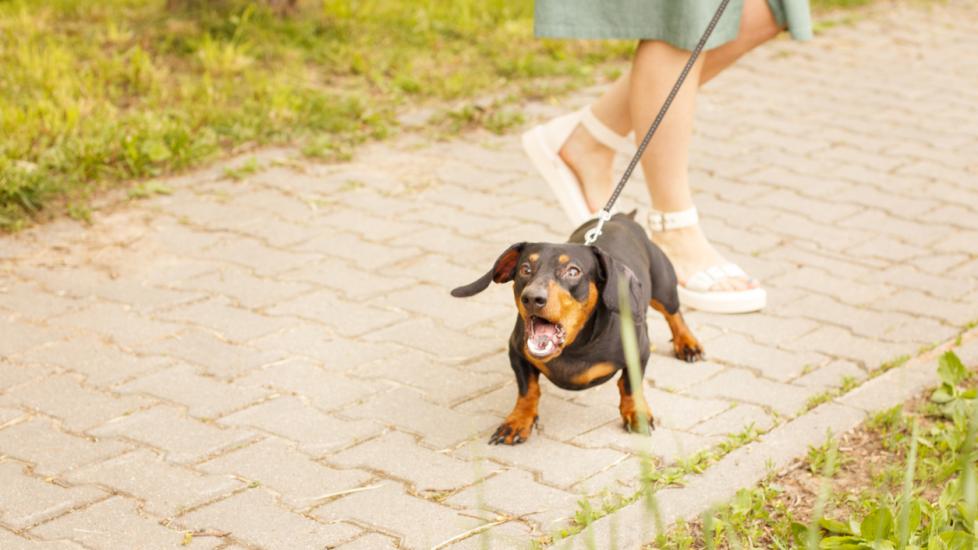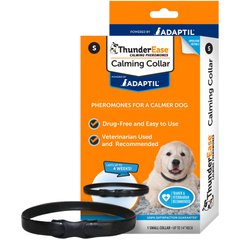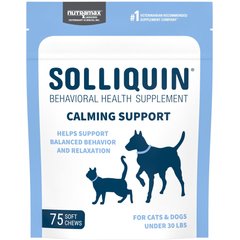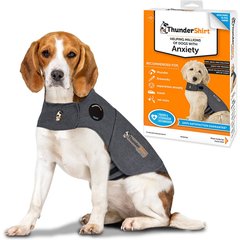Leash Reactivity in Dogs
Leash reactivity is when a dog exhibits fearful behaviors that may become aggressive when the dog is restrained by a leash, confined to a small space, or otherwise feels trapped. It is characterized by barking, lunging, growling, air snapping, or even biting.
If left untreated, leash reactivity can develop into a long-term and chronic problem as fear develops into anxiety and stress. There is also a risk of redirection of the aggression, where the dog unpredictably turns their aggression on other animals or people, potentially causing harm.
Causes of Leash Reactivity in Dogs
Leash reactivity is caused by a variety of factors, including fear, anxiety, lack of socialization, and past negative experiences. Dogs that have not been properly socialized with other dogs and humans are more likely to develop confinement/leash reactivity, as they may feel threatened, nervous, or uncomfortable when they encounter people or other dogs. This feeling increases when the stimulus or trigger moves closer into your dog’s comfort zone.
There are certain risk factors that can lead to this type of reactivity. These include being physically or mentally punished during training; having negative experiences while being on leash, such as being attacked by another dog; being shocked or choked during training; hearing loud noises; or exhibiting fearful behaviors while outside due to a lack of socialization.
In some cases, leash reactivity may be due to an underlying medical condition such as pain, discomfort, or illness. It’s always important to chat with your veterinarian regarding anything related to your pet’s health and behavior.
Shop Toys, Training and More
- ThunderEase Powered by ADAPTIL Calming Pheromone Collar for Dogs, Small, up to 14-in neck$19.99Chewy Price
- Nutramax Solliquin Soft Chew Calming Behavioral Health Supplement for Small/Medium Dogs & Cats, 75 count$19.99Chewy Price
- ThunderShirt Classic Anxiety & Calming Vest for Dogs, Heather Grey, Medium$41.64Chewy Price
- Purina Pro Plan Veterinary Diets Calming Care Liver Flavored Powder Calming Supplement for Dogs, 30 count$33.99Chewy Price
Symptoms of Leash Reactivity in Dogs
The following are common behaviors indicative of leash reactivity:
-
Barking, growling, or snarling at people or other dogs while on a leash
-
Lunging toward people or other dogs while on a leash
-
Whining or crying when approaching other dogs or people
-
Intense focusing on other dogs or people
-
Hiding behind a pet parent or trying to escape
-
Exhibiting body language such as raised fur, stiff body posture, and dilated pupils
Management and Treatment of Leash Reactivity in Dogs
The management and treatment of leash reactivity entails behavior therapy and requires patience, consistency, and the assistance of a professional dog trainer or board-certified veterinary behaviorist. It consists of:
Training and socialization
Proper training and socialization are crucial in the management of this condition. Having basic commands and communication with your dog will help when they become stressed or anxious while walking. Having this communication channel during behavior modification will help your dog feel less anxious and stressed when approaching unfamiliar or scary stimuli.
Counterconditioning
Counterconditioning involves altering and managing the emotional response to a trigger/stimuli, such as another dog or a person, by associating the trigger with something positive, such as treats or playtime. This is a great way to help teach your dog new behaviors to perform while on leash. Avoid punishment, yelling, yanking, choking, or other forms of aversion, as this can increase fear and anxiety, which can make the behaviors worse over time.
Desensitization
Desensitization involves gradually exposing your dog to a trigger while they are calm and relaxed in a controlled, safe, and stress-free environment to reduce their fear and anxiety response.
Safety equipment
The use of equipment such as a front-clip harness or head halter can help manage leash reactivity by providing better control and reducing your dog’s ability to pull or lunge. Additional items to help with leash training can include a treat pouch, a training clicker, and of course some yummy training treats.
Supplements and pheromones
You may also want to consider using calming supplements and pheromone collars during the training period. Keep in mind that these products are used to assist with behavioral therapy and modifications but do not replace daily routine and consistent application of therapy.
Medications
In severe cases, prescription medications may be necessary to assist in creating relaxed and stress-free behaviors. Speak to your veterinarian or a board-certified veterinary behaviorist to determine the right medication for your dog.
Leash reactivity in dogs can be a challenging and stressful behavior to manage for both you and your pup. With proper training, however, creating a safe and relaxed training environment, understanding key points about socialization, and getting the help of a veterinary professional can ease the stress your pet may be feeling.
It is essential to understand the causes of leash reactivity and to work with your dog to change their behavioral response to triggers. With patience, consistency, and love, leash reactivity can be managed, and you can begin to enjoy the true pleasure of walking with your pup!
Featured Image: iStock.com/Lolkaphoto




